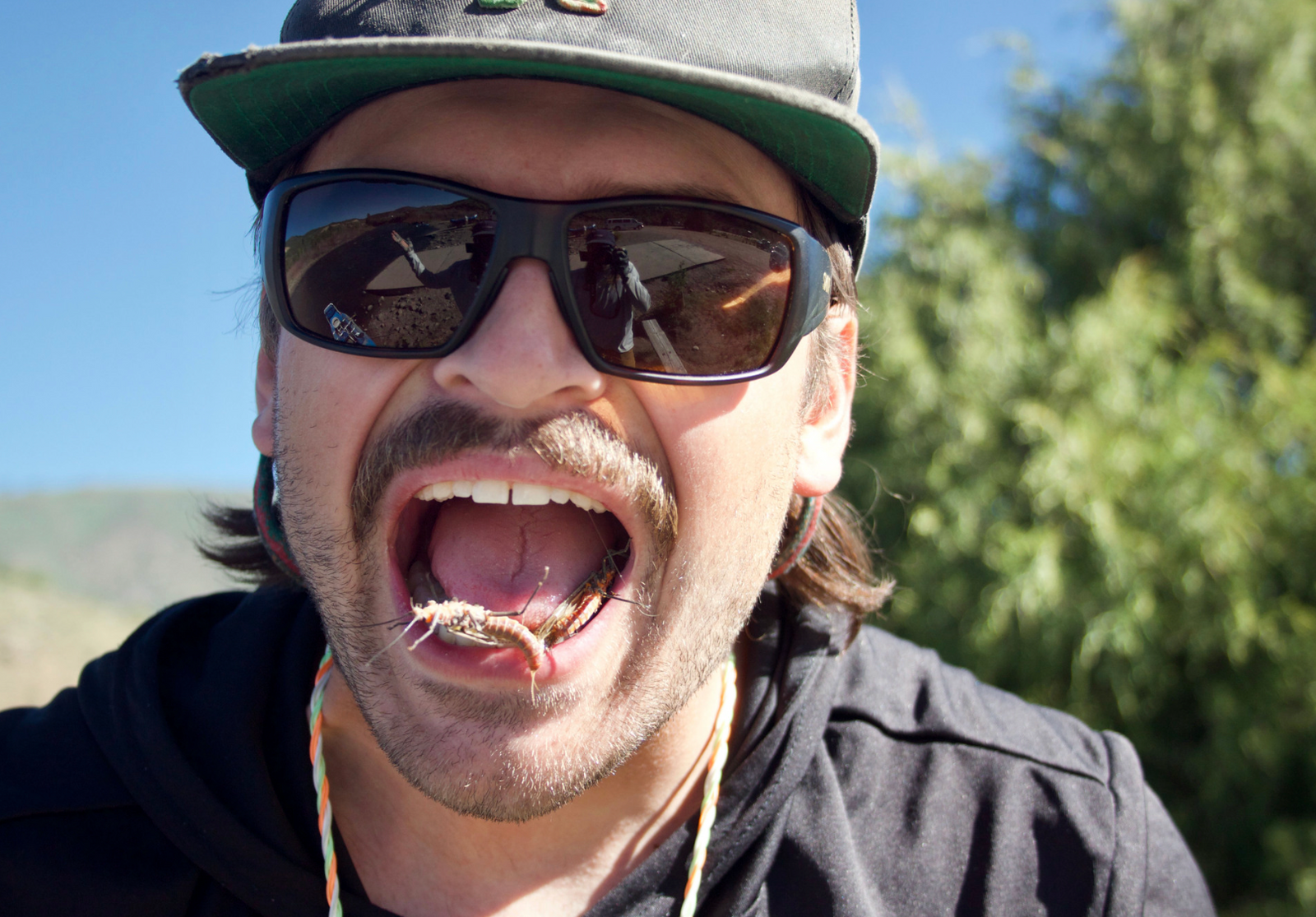
Something that attracts many anglers to saltwater flats fishing, while also leaving others scratching their heads, is its unpredictability. Unlike freshwater scenarios where the body of water is much smaller and the fish usually hang around the same structure, Mother Ocean presents a variety of extra challenges that can dictate where the fish are or how they’re behaving on any given day. While some of my most fun days on the water happen with no plan or expectations in mind, your chances of success skyrocket if you have the right mindset of understanding how certain variables affect your target species. In this case, I’ll be focusing on my target species in my most-frequented waters –redfish in the Upper Laguna Madre. Keep in mind that different variables carry different weights depending on the fish’s environment and ecosystem. Part of the challenge is putting in enough time on the water to eventually learn which variables are the most important and how to respond to their day-to-day, season-to-season changes. Here are three main questions to ask yourself before hitting the water:
-
1) Where’s the food at? Everyone who’s pursued redfish desires that dream scenario of a school mobbing down a shoreline or across a mudflat, not giving a s*** if what’s in front of it is a fleeing shrimp or a shrimp fly. I’m no biologist, but it’s usually a good bet that predators are around if their prey is in the vicinity. The first thing to assess when is the time of year because that is usually the primary determiner of the flat’s habitat and landscape. This is as simple as knowing which seagrasses grow throughout the year. In Texas, for example, you’re more likely to see baitfish and shrimp congregate in grassy areas whereas crabs and other crustaceans tend to occupy sand flats or muddy bottoms. And if you’re in an area and haven’t seen bait in a while, it might be a good idea to try somewhere else.

2) How’s the weather? Weather can be unpredictable, and that is a fact that us anglers have to frequently face. Let’s break it down between high-pressure and low-pressure fronts. I’ll spare you the meteorological discourse, but just remember high pressure usually indicates calm, clear weather and low pressure causes severe weather such as thunderstorms. An important aspect is which side of the front you’re fishing, as it’s important to develop a pre-frontal, frontal, and post-frontal game plan and learn how the front affects aspects such as temperature, wind, tides, and water levels in your target area. These factors work hand-in-hand in determining whether the fish feed shallow or deep.

3) What are the tides doin’? Unlike the weather, tides are somewhat predictable. For the most accurate tidal readings, refer to your nearest NOAA tide station ( available at www.tidesandcurrents.noaa.gov ). These charts reflect the ebb and flow of the water levels for a given time period. The most fish movement occurs when the tides are moving. Barring the wind, an incoming tide will fill up the flats and allow fish to creep into shallower areas. On outgoing tides, they may congregate near the edges of flats or creek mouths to ambush bait leaving the shallows. While these are somewhat rule-of-thumb behaviors, there’s no one-size-fits-all strategy for how redfish respond to tides. It’s up to the angler to figure out these tendencies for themselves by spending as much time on the water as possible.
-
Photography & Written byZach Landry
Follow Zach's Instagram Below:



